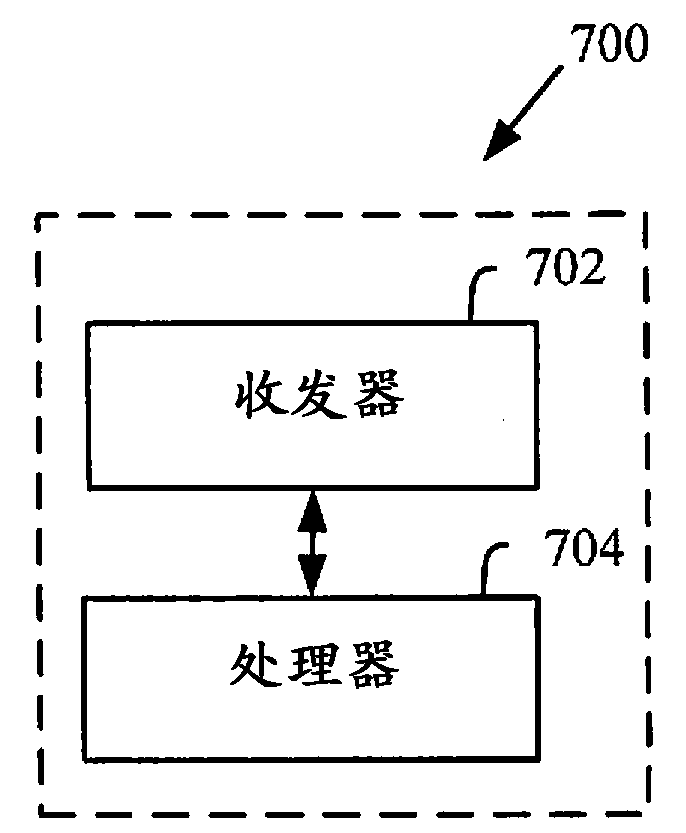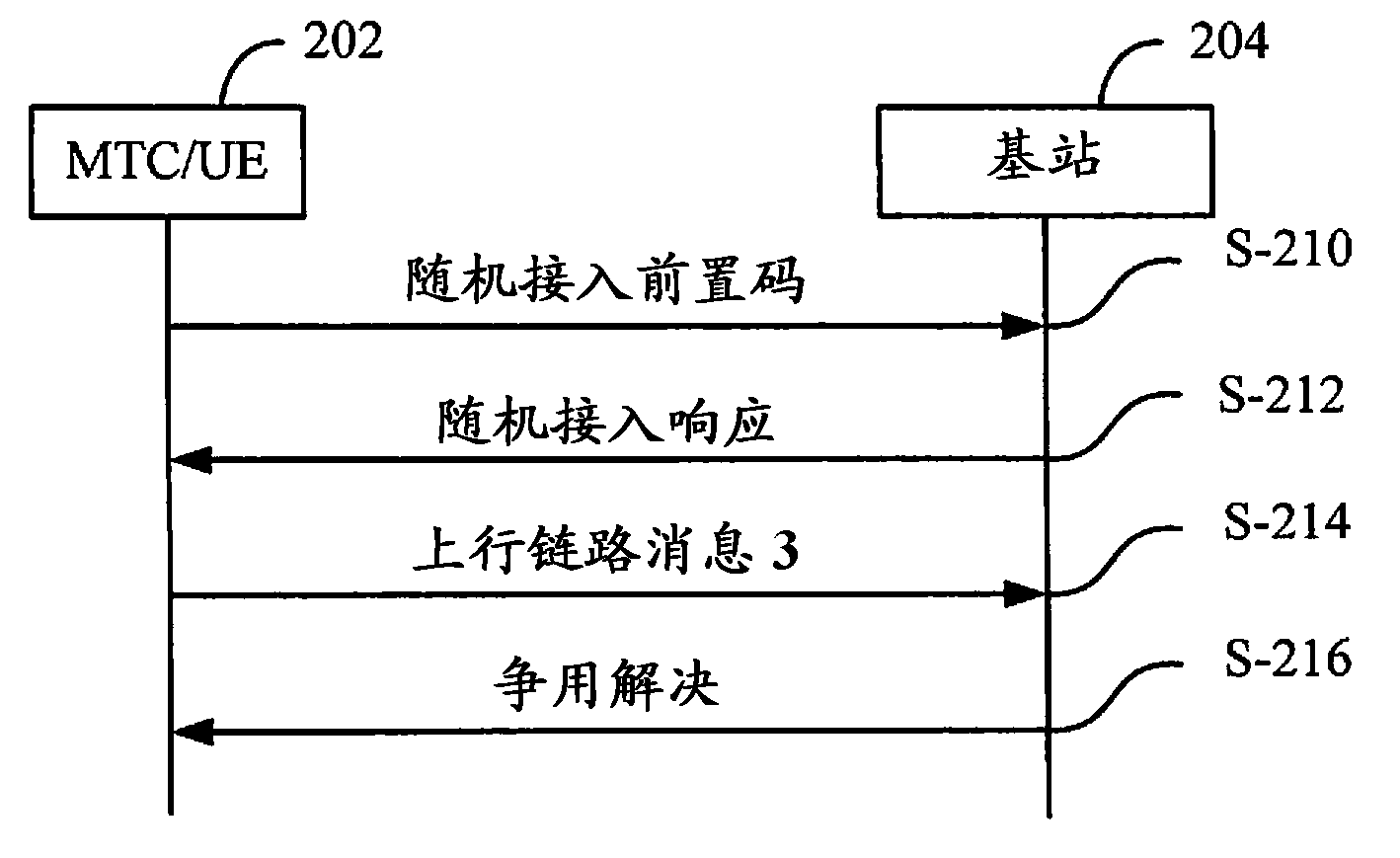Methods and arrangements for adapting random access allocation of resources to user equipments
A resource allocation and random access technology, applied in electrical components, wireless communication, etc., can solve problems such as poor matching of UL resources, impact on conflict probability, increase conflict probability, etc., to reduce conflict risk, low battery power, and maintain efficiency Effect
- Summary
- Abstract
- Description
- Claims
- Application Information
AI Technical Summary
Problems solved by technology
Method used
Image
Examples
Embodiment Construction
[0077] It is a general purpose or idea of embodiments of the present disclosure to address at least one or more disadvantages with respect to prior art solutions described above and described below. As mentioned above, MTC devices and indeed any UE's resource allocation needs for indicating Random Access (RA) uplink messages such as Msg3 are coarse and rigid, and are therefore not suitable for incorporating random access procedures The uplink message 3 involves efficient utilization of the scheme for user data transfer. This rigidity results in a poor correspondence between the UL data to be sent and the size or amount of UL resources allocated for RA uplink messages such as RA Msg3, which in turn results in poor resource utilization.
[0078] Embodiments of the present disclosure address said crudeness of the prior art, and provide a way of alleviating at least one or some of these disadvantages. This is solved, for example, by providing an extension of the two preamble gr...
PUM
 Login to View More
Login to View More Abstract
Description
Claims
Application Information
 Login to View More
Login to View More - R&D
- Intellectual Property
- Life Sciences
- Materials
- Tech Scout
- Unparalleled Data Quality
- Higher Quality Content
- 60% Fewer Hallucinations
Browse by: Latest US Patents, China's latest patents, Technical Efficacy Thesaurus, Application Domain, Technology Topic, Popular Technical Reports.
© 2025 PatSnap. All rights reserved.Legal|Privacy policy|Modern Slavery Act Transparency Statement|Sitemap|About US| Contact US: help@patsnap.com



